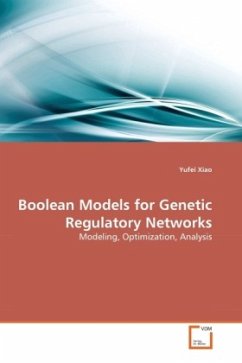This volume explores recent techniques for the computational inference of gene regulatory networks (GRNs). The chapters in this book cover topics such as methods to infer GRNs from time-varying data; the extraction of causal information from biological data; GRN inference from multiple heterogeneous data sets; non-parametric and hybrid statistical methods; the joint inference of differential networks; and mechanistic models of gene regulation dynamics. Written in the highly successful Methods in Molecular Biology series format, chapters include introductions to their respective topics, descriptions of recently developed methods for GRN inference, applications of these methods on real and/ or simulated biological data, and step-by-step tutorials on the usage of associated software tools.
Cutting-edge and thorough, Gene Regulatory Networks: Methods and Protocols is an essential tool for evaluating the current research needed to further addressthe common challenges faced by specialists in this field.
Cutting-edge and thorough, Gene Regulatory Networks: Methods and Protocols is an essential tool for evaluating the current research needed to further addressthe common challenges faced by specialists in this field.
"The book covers a variety of computational and mathematical aspects related to the inference of gene regulatory networks. The style of the chapters seamlessly binds the comprehensive overview that recommended the book to junior researchers and the thorough description of topics, highlighting new direction of research, that would appeal to post-graduates and established researchers." (Irina Ioana Mohorianu, zbMATH 1417.92005, 2019)








